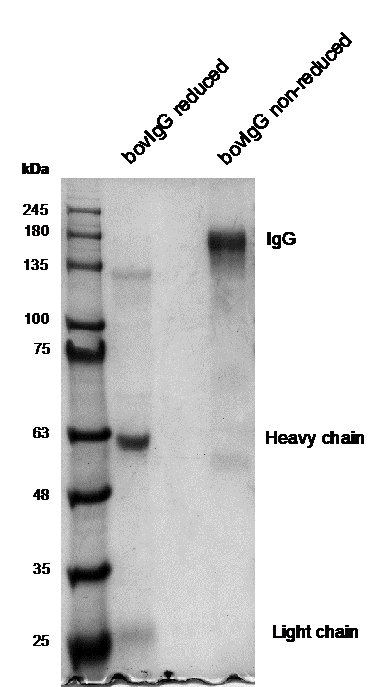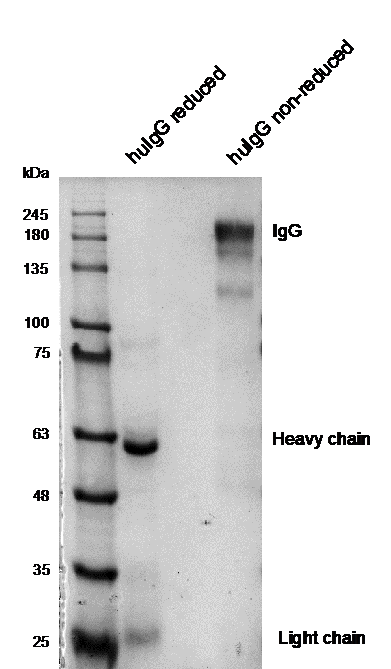Cat. #151810
2fTGH-U3A Cell Line
Cat. #: 151810
Sub-type: Continuous
Unit size: 1x10^6 cells / vial
Organism: Human
Disease: Cancer
Model: Mutant
£575.00
This fee is applicable only for non-profit organisations. If you are a for-profit organisation or a researcher working on commercially-sponsored academic research, you will need to contact our licensing team for a commercial use license.
Contributor
Inventor: George Stark
Institute: Cancer Research UK, London Research Institute: Lincoln's Inn Fields
Tool Details
*FOR RESEARCH USE ONLY (for other uses, please contact the licensing team)
- Name: 2fTGH-U3A Cell Line
- Cancer: Sarcoma
- Cancers detailed: Fibrosarcoma
- Research fields: Cell signaling and signal transduction;Immunology
- Tool sub type: Continuous
- Parental cell: HT 1080
- Organism: Human
- Disease: Cancer
- Model: Mutant
- Conditional: Yes
- Description: The 2fTGH-U3A Cell Line is part of a panel of IFNy pathway mutant fibrosarcoma cell lines isolated by chemical mutagenesis of IFNy insensitive reporter cells derived from HT1080 cells. Knockout genes have been identified and span multiple members of the IFMy pathway. These cell lines are be useful for the in vitro study and comparison of disrupted interferon signalling at multiple points across the IFN pathway. The following cell lines are part of the group of IFN signalling mutants: U4C, U2A, U3A, 2FTGH, U6A, U5A. Each containing a different mutation in the IFN signalling pathway. MCF7/TAMR-7 cells are oestrogen receptor positive and progesterone receptor negative. MCF7/TAMR-7 cells are growth inhibited by the pure antioestrogen fulvestrant. The oestrogen receptor is a major driver of growth of MCF7/TAMR-7 cell.The TAMR lines were established from the MCF7/S0.5 cell line, which was adapted to grow with 0.5% fetal calf serum in phenol red containing DMEM/F12 medium. Treatment with tamoxifen was started in passage 351. Few colonies of cells survived the treatment and after 28 days of tamoxifen treatment, tamoxifen was omitted from the medium for 22 days. After 19 passages without tamoxifen (passage 372) the cells underwent a second treatment with tamoxifen which initially reduced cell growth rate, but around 390-400 the growth rate of the tamoxifen resistant cell lines was close to the growth rate of the parental MCF7/S0.5 cells.
- Production details: Human; HT1080 human sarcoma cell lines transfected with a vector encoding a selectable marker regulated by interferon to create the 2fTGH cell line, enabling selection of mutations in genes encoding components of the interferon signalling pathway. Chemical mutagenesis of the 2fTGH cell line enabled isolation of 10 IFNg signalling mutants.
- Recommended controls: The wild type 2FTGH human fibrosarcoma as a positive control together with the U5a and U3a IFNB resistant cell lines.
- Cellosaurus id: CVCL_9469
Target Details
- Target: IFN signalling mutant U3A
Handling
- Format: Frozen
- Growth medium: Parental 2fTGH and mutant cell lines can be grown in DMEM with 10% FCS.
- Unit size: 1x10^6 cells / vial
- Shipping conditions: Dry ice
Related Tools
- Related tools: 2fTGH-U2A Cell Line ; 2fTGH Cell Line ; 2fTGH-U6A Cell Line ; 2fTGH-U4C Cell Line ; 2fTGH-U5A Cell Line ; 2fTGH-U4A Cell Line
References
- Haan et al. 2008. J Immunol. 180(2):998-1007. PMID: 18178840.
- Dual role of the Jak1 FERM and kinase domains in cytokine receptor binding and in stimulation-dependent Jak activation.
- Sun et al. 2004. J Interferon Cytokine Res. 24(6):350-61. PMID: 15212709.
- Ectopic expression of toll-like receptor-3 (TLR-3) overcomes the double-stranded RNA (dsRNA) signaling defects of P2.1 cells.
- Guo et al. 2000. Virology. 267(2):209-19. PMID: 10662616.
- Induction of the human protein P56 by interfero...




